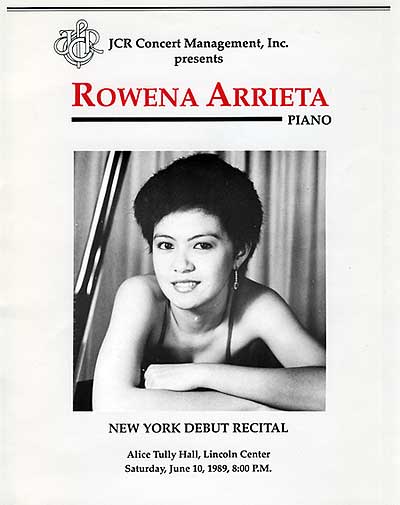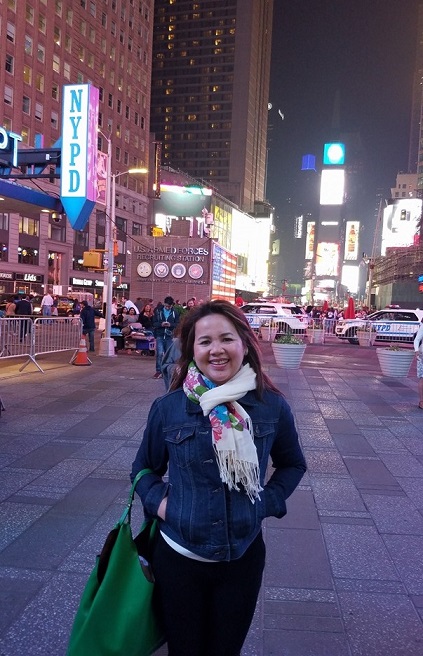Asian seniors in NYC among the poorest in the country: report
Asian Americans are the fastest growing segment of the senior population in New York City, now representing 16 percent of all seniors ages 50 years and older.
Yet programs and resources available to Asian seniors have failed to keep pace with this growth. When it comes to New York City’s social service funding for seniors, only 2.7 percent went to senior programs focused on Asians.
The funding gap can be traced to two major factors. The consolidation of many social service grants into fewer, larger grant opportunities has led to the exclusion of Asian-led social service providers from the competitive process. Asian-led organizations are often smaller and have less capacity to take on larger grants, despite being in the best position to serve Asian seniors because of the trust and deep roots they have developed in their communities. Secondly, the model minority myth disguises the fact that Asian seniors in New York City are among the poorest seniors in the country. The goal of this report “Asian American Seniors in New York City: An Updated Snapshot,” is to dispel these myths and to highlight the great need among Asian seniors.
Key findings of this report include:
• Growth in the Asian senior population in New York City is driven by Asian seniors immigrating late in life and by Asian immigrants aging into senior status
• Major shifts in demographics are changing the ethnic mix of the Asian senior population in New York City. South Asian and Other Asian groups have senior populations that more than tripled in size from 2000 to 2014
• Asian seniors are more likely to live in multigenerational households than other seniors
• Asian seniors are less likely to live in large housing complexes, making Neighborhood Naturally Occurring Retirement Communities (NORC), based in neighborhoods with less dense housing, a better policy fit for Asian seniors
• The high rates of limited English ability among Asian seniors increase social isolation
• The diversity of languages spoken in the Asian community makes outreach and provision of services a challenge
• Asian seniors in New York City are less well-educated than Asian seniors nationally and other seniors in NYC
• As a consequence, Asian seniors are more likely to be poor and low income than Asian seniors nationally and other seniors in NYC
• Asian seniors are less likely to have health insurance coverage and to receive Social Security benefits than other seniors
• Asian seniors in our survey relied on social service organizations to meet social, nutritional and informational needs.
In order to address the increasing needs among Asian seniors, the Asian American Federation recommends that the City:
• Increase the resources available for programs addressing Asian seniors
• Create smaller grant opportunities so that smaller social service providers can compete for City funding
• Find opportunities to expand the NORC and Neighborhood-NORC programs to include areas with growing populations of Asian seniors
• Build capacity in Asian-led senior programs which are more likely to provide the culturally and linguistically appropriate services for Asians seniors
• Ensure outreach to Asian seniors is done in language and through trusted information sources for each community, including ethnic media and social service organizations
• Improve and expand transportation options for seniors, especially immigrant seniors with limited English ability
• Alleviate poverty by increasing access to social safety nets to include more recent arrivals
• Increase access to adult literacy and job skills for low-income Asian seniors who are still active in the labor force
• Offer employment and volunteer opportunities for Asian seniors to increase income and decrease social isolation
• Create more affordable senior housing, including culturally appropriate assisted living facilities.
The Asian American Federation, with primary funding support from AARP, released on September 1 the report, “Asian American Seniors in New York City: An Updated Snapshot,” highlighting the demographic changes and economic challenges facing New York City’s fastest-growing senior population.











